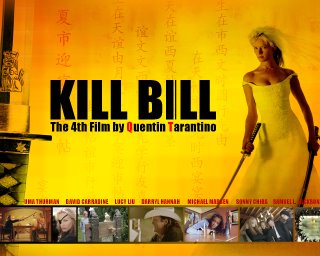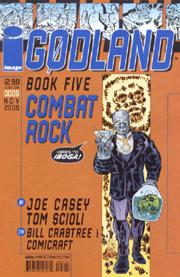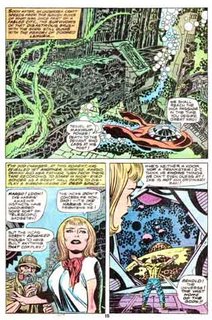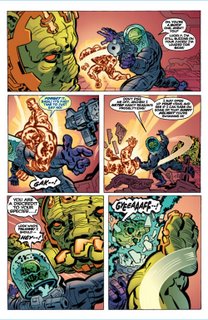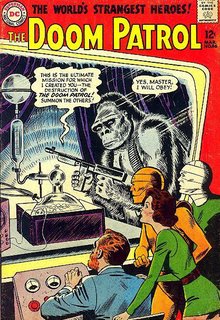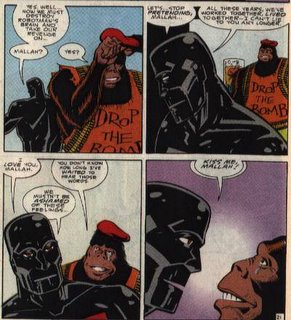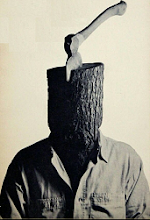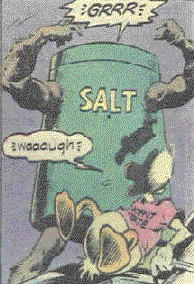Post 101
In honor of a hundred and one posts and a year of existence, I present a random smattering of stuff.
-------------------------------
Jack Kirby and Body Dysmorphia: a retrospective offered without commentary.
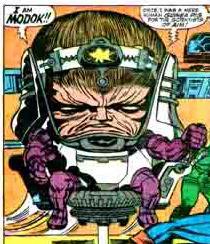
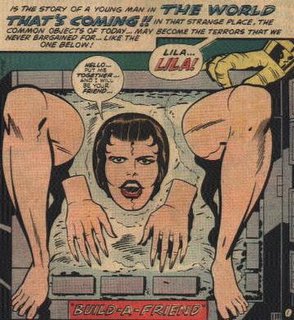
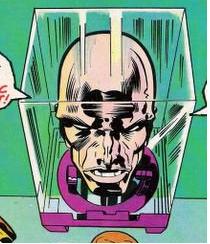
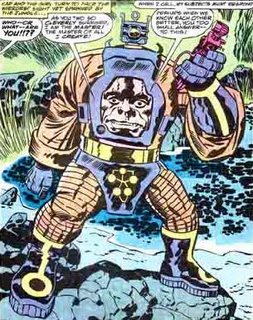
I'm torn between finding it all cooler than words and finding it creepy.
----------------------------
Moby-Dick: Or, the Whale. A cornerstone of American literature. A masterpiece. A brilliant collection of images, characters, whale facts, and fart jokes. Yep.
An excerpt: “Finally, I always go to sea as a sailor, because of the wholesome exercise and pure air of the forecastle deck. For as in this world, head winds are far more prevalent than winds from astern (that is, if you never violate the Pythagorean maxim)….”
Pythagoras had a strict rule against the eating of beans, y’see.* Winds from astern? Beans? HAW!
Okay, it’s not all that funny, but come on. Name another nineteenth century novel of high reputation with any references to tooting at all, much less a joke.
The path to great literature is clear to me now. Whaling and fart jokes. Cool.
I don’t know why I was thinking about Herm and the beans today. But I was, and so there you go.
----------------------------
Batman never sings anymore. It’d be sweet if they changed that policy.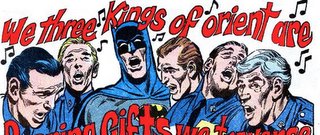
Right in the middle of the big Infinite Crisis hoot-n-holler, as the universe is fracturing around him, he should break out a little Cole Porter:
“I understand the reason why
The OMACs are killing with Brother Eye.
It’s destructive,
it’s degrading,
it’s de-lovely”
The man needs some song and dance in his violent, obsessive life, dammit.
--------------------------
DC Comics’ “One Year Later” has the potential to be brilliant. It’ll probably be a letdown, a hiccup that will be all but forgotten in a few months.
Regardless, I think we should start a betting pool. Early odds:
10:1 – Wonder Woman is replaced by Donna Troy
23:1 – The new Earth-2 is populated entirely by the left-handed
37:1 – The current Robin becomes the new Nightwing. The current Nightwing becomes the new Batman. And the current Batman retires to become host of a popular Food Network show called “Batarang Buffet.”
62:1 – The new Justice League of America will require all new members to wear raccoon coats for their first year.
100:1 – Four simple words: “Sword of ‘Mazing Man.”
 If anyone from DC reads this, you should know that SoMM would be a top seller. No doubt.
If anyone from DC reads this, you should know that SoMM would be a top seller. No doubt.
I'm just sayin'.
--------------------------
* Warning: Obnoxious pedantry follows. Sorry, can't help myself.
The reason for Pythagoras’s rule against beans is unclear. Aristotle had a couple of guesses why, such as a connection between beans and Hades. Other ancients thought it was tied in with ideas of reincarnation. Or that it was simply a way to prevent toots during meditation.
Another school of thought believes the maxim “abstain from beans” was a warning about politics. According to these fellows, one voted by dropping a black or white bean in a jar. Thus the warning was against political involvement.
Another theory is that the beans Pythagoras warned against were European vetches (Vicia faba) rather than the beans eaten today, and therefore some people with an inherited blood abnormality could develop a serious disorder called favism if they eat these beans or even inhale their pollen. So he was just keeping his buds out of harm's way. (I don't happen to think this is the case, but hey.)
Regardless, Melville made a Farrelly Brothers-level joke, in his mid-nineteenth century way, in a novel about evil, obsession, and whaling. Boo-yah!
Click here to read more!

